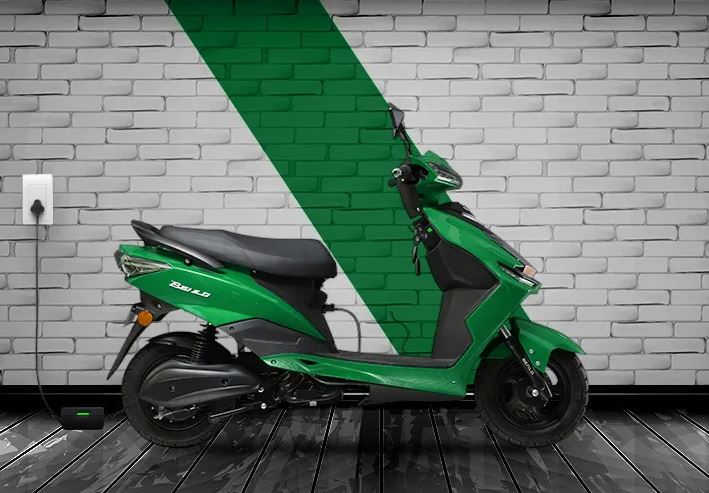Energizing Pakistan’s Roads: Chinese-Pakistani Collaboration Sparks Electric Mobility Revolution
Within the expansive canvas of Pakistan’s transportation sector, an ambitious and pioneering collaboration is poised to reshape the landscape. A groundbreaking joint venture between Chinese and Pakistani corporations is on the cusp of catalyzing a momentous stride in sustainable transportation. This landmark initiative aims to initiate the local production of electric two-wheelers and three-wheelers, colloquially known as rickshaws, a move that promises to drive profound shifts in market dynamics. At its core, this strategic partnership seeks to curtail carbon emissions and champion environmentally conscious alternatives in transportation.
The inception of this collaborative journey took place in April, as influential players converged to pool their expertise. The mission was to introduce cutting-edge electric mobility solutions to Pakistan’s burgeoning market, and at the helm of this alliance stand illustrious names: the Chinese electric vehicle manufacturer, Benling Group; the distinguished Chinese battery producer, Dongjin Group; and the renowned Pakistani automaker, Crown Group. This consortium of industry titans embodies a synergy of capabilities, a unified effort to pave the way for sophisticated electric mobility solutions within Pakistan.
Central to the backdrop of this venture is the widespread reliance on two-wheelers and three-wheelers for public transportation across Pakistan. These vehicles constitute a linchpin in the nation’s mobility ecosystem. By infusing this critical segment with electrification, the resultant vehicles are poised to meet the escalating demand for transportation solutions that are not only eco-sensitive but also economically viable. The pressing concerns of air pollution and traffic congestion, particularly pronounced in densely populated urban pockets, amplify the urgency for sustainable alternatives.
Hu Ge, the General Manager of Dongjin Pakistan, provides insight into the impending progress. He reveals that the initial shipment of materials, batteries, and production equipment is slated to arrive in Pakistan shortly after customs clearance. The anticipation surrounding the launch of the inaugural fleet of electric two-wheelers and three-wheelers, a culmination of this collaborative innovation, is palpable. The timeline for this momentous event is set for later this month or early September, marking a testament to the dedication and fervor driving this groundbreaking joint venture.
The strategic positioning of the production facility near Karachi underscores the commitment of the partnership’s stakeholders to adhere to stringent international quality standards. This pledge to uncompromising quality control holds the promise of sparking a paradigm shift within the nation’s transportation landscape.
At the heart of the performance and viability of electric two-wheelers and three-wheelers lies the potency of their batteries. A critical bottleneck in Pakistan’s journey towards electrification is the outdated battery technology prevailing in the local market. This consortium has risen to this challenge by conceiving batteries meticulously tailored to Pakistan’s unique road conditions. These batteries transcend the benchmarks set by conventional Chinese electric two-wheelers and three-wheelers, boasting an extended lifespan of two years while harmonizing with the distinct demands of Pakistan’s road infrastructure.
Aligned with their overarching vision, the joint venture is unwavering in its commitment to stimulating economic growth within local communities. This commitment is tangibly manifested through the establishment of an integrated supply chain and an agile after-sales service network. Hu Ge articulates a forward-looking strategy, underscoring the gradual transfer of manufacturing technology for electric two-wheelers and three-wheelers to Pakistan. This strategic move not only aspires for localized production but also envisages the cultivation of partnerships with auto parts manufacturers housed within the industrial park.
Hu Ge encapsulates the joint venture’s visionary stance, accentuating the imminent ushering of a new era marked by sustainable, efficient, and affordable transportation options for Pakistani consumers. This collaboration between China and Pakistan stands poised to exert a transformative influence on the trajectory of urban mobility within Pakistan. Moreover, it emerges as a potent exemplar of sustainable transportation solutions, casting a ripple effect with global resonance. In this union of minds and ambitions, the potential to ignite positive change on a broader canvas looms ever larger.

